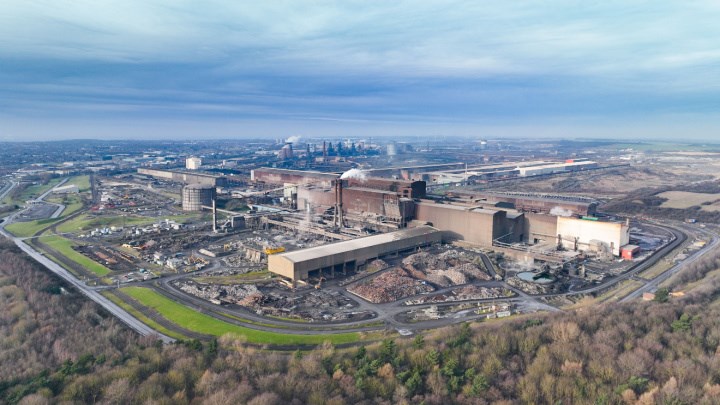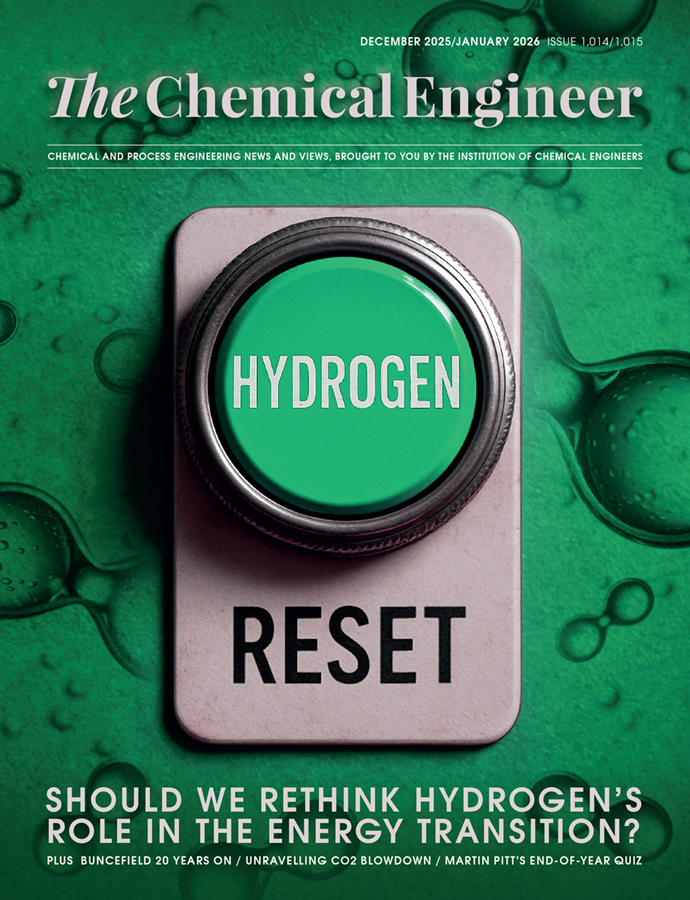Explainer: what next for Scunthorpe steelworks in the coming weeks and beyond

AMID the crisis at British Steel, questions are circulating about the long-term future of the Scunthorpe steelworks. The UK government, which took control of the company from Chinese firm Jingye over the weekend, now says it is “confident” the blast furnaces will have enough iron ore and coke to produce steel for at least the “coming weeks” – a more optimistic outlook than yesterday’s forecast of the “coming days”.
But the government is yet to announce long-term ownership plans for British Steel, refusing to rule out renationalisation. Furthermore, little has been specified about the industrial future of the Scunthorpe plant which, once the dust settles from the current crisis, will be under pressure to respond to the UK’s decarbonisation targets. So, what next for Scunthorpe?
The coming weeks
The government’s immediate aim is simply to keep the two blast furnaces running. Initial fears the furnaces would run out of iron ore and coke this week have been allayed by confirmation of shipments of the raw materials arriving at Immingham docks yesterday.
Were the furnaces to run out of raw materials, Cameron Pleydell-Pearce, a professor of materials science and engineering at the University of Swansea, told TCE that the chances of being able to restart them would be “virtually zero”. While switching off blast furnaces is “relatively common practice” for refurbishment, the process must be highly controlled. Otherwise, the cooling of the inside of the furnace causes iron and slag to harden, causing cracks to form in the internal lining.
John Pastavellas, a member of the Institute of Engineering and Technology’s Sustainability and Net Zero policy centre, said: “Restarting a cooled furnace can take months…you’re essentially looking at a complete rebuild of the inside of the furnace.
“Maintaining a continuous supply of fuel, ore, and power is therefore essential to our national steel capability to ensure industrial resilience.”
Reduce, reuse, recycle
Steelmaking accounts for around 7% of global greenhouse gas emissions. Despite this, the government’s efforts to save British Steel and keep the furnaces running have been widely welcomed by environmental groups such as Greenpeace. Their support is conditional on a long-term strategy that prioritises decarbonisation of the steel industry. Yesterday, Labour MP and IChemE Fellow Chris McDonald told TCE that the government aims to move the Scunthorpe steelworks “to the point where we can invest in clean production”.
Cameron Pleydell-Pearce is the director of Swansea University’s SUSTAIN centre which is researching methods to produce carbon-neutral steel. He told TCE that electric arc furnace (EAF) production, which recycles scrap steel, would be the “obvious choice for the UK”.
Barbara Rossi, an associate professor of engineering science at the University of Oxford, echoed the enthusiasm for reprocessing scrap steel in EAFs, saying that “steel is indefinitely recyclable” and that “it does not lose its performance” as a result of recycling, unlike most other construction materials.
There are challenges that come with EAFs, such as the difficulty in removing impurities from the scrap, although Pleydell-Peace told TCE this barrier is “entirely surmountable”.
However, with steel demand expected to continue to grow significantly in the coming years, many experts believe there will continue to be a need for virgin steel in the economy.
Green virgin steel
Abigail Ackerman, a Fellow of the Royal Academy of Engineering Research, believes EAFs will play a role in the UK’s future steel industry, but warns they will “most likely result in job losses”, and that currently there is “not enough scrap steel to supply EAFs” so primary virgin steel will need to be sourced from elsewhere.
“The national grid is also not set up to supply the energy required to fuel EAFs at this scale so it would be a timely and costly option.”
If the UK is to produce green virgin steel, Ackerman says that “direct ore reduction” (DOR) is “the best option for long-term CO2 goals”.
In DOR, rather than using coke to generate carbon monoxide through pyrolysis to reduce iron ore – a process that emits large amounts of greenhouse gases – the iron oxide is reduced using hydrogen or ammonia gas.
DOR too has its challenges, with Ackerman saying that currently “the UK hydrogen economy is not set up for this scale of production”.
Whatever the long-term outcome for the Scunthorpe steelworks, and for the UK sector as a whole, it is almost universally agreed that steel is here to stay. “We cannot replace steel,” says Rossi. “It’s ridiculously cheap, ultra-strong, and highly ductile.
“Not a single construction material taken alone can compete with steel today. But we can produce low-carbon steel and build better structures, lasting longer, not harming our environment.”
Recent Editions
Catch up on the latest news, views and jobs from The Chemical Engineer. Below are the four latest issues. View a wider selection of the archive from within the Magazine section of this site.




